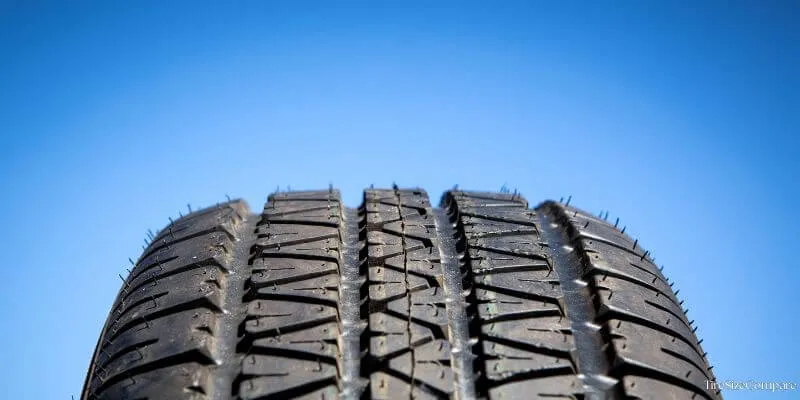Sidewall Height of Tire

The sidewall height of a tire, also known as the tire’s aspect ratio, is the distance from the rim to the tread. It plays a crucial role in a tire’s performance, comfort, and appearance.
A higher sidewall height typically means a smoother ride, while a lower sidewall height enhances handling and cornering.
Calculating Sidewall Height
Calculating the sidewall height of a tire is a straightforward process that requires you to know the tire’s width and aspect ratio. Here’s a step-by-step guide on how to calculate sidewall height:
- Find the tire width: The tire width is the first number in the tire size description, typically measured in millimeters. For example, in a tire size of 225/50R17, the width is 225 millimeters.
- Identify the aspect ratio: The aspect ratio is the second number in the tire size description, expressed as a percentage. In the example above (225/50R17), the aspect ratio is 50.
- Calculate the sidewall height: To calculate the sidewall height, multiply the tire width by the aspect ratio percentage. In our example:
- Sidewall height = 225 mm × 50% = 112.5 mm
Therefore, a tire with a size of 225/50R17 has a sidewall height of 112.5 millimeters.

Why Does Sidewall Height Matter?
The sidewall height of a tire affects several aspects of your driving experience:
- Ride Comfort: Tires with taller sidewalls provide a softer, more comfortable ride by absorbing bumps and vibrations from the road.
- Handling: Lower sidewall heights, often found on sports cars, offer better handling and responsiveness during cornering and high-speed maneuvers.
- Appearance: The sidewall height can also impact the overall look of your vehicle. Taller sidewalls give a more rugged appearance, while shorter ones create a sleek, sporty look.
Impact on Performance
Different sidewall heights cater to different driving needs. Here’s how:
- High Sidewalls: These are common in off-road or all-terrain tires. They offer better shock absorption and protect the wheel from damage on rough surfaces.
- Low Sidewalls: Found in performance tires, low sidewalls provide better road feedback and enhance the vehicle’s handling capabilities.
Choosing the Right Sidewall Height
When selecting tires, it’s essential to consider the type of driving you do most often:
- Daily Commuting: For everyday driving, a balance between sidewall height and tire width can offer both comfort and efficiency.
- Performance Driving: If you enjoy sporty driving, lower sidewalls can enhance your experience with better handling.
- Off-Roading: For off-road adventures, higher sidewalls are preferable to navigate rough terrains without damaging the tires.

What Does the Sidewall Height of a Tire Mean?
The sidewall height is the distance from the rim to the tread, expressed as a percentage of the tire’s width. It influences the tire’s performance, comfort, and appearance.
How Does Sidewall Height Affect Driving Comfort?
Higher sidewalls can absorb more bumps and provide a smoother ride, while lower sidewalls might lead to a rougher ride but better handling.
Can I Change the Sidewall Height of My Tires?
Yes, but it’s essential to ensure that any changes are compatible with your vehicle’s specifications to maintain safety and performance.
What is the Difference Between High and Low Sidewalls?
High sidewalls offer better shock absorption and durability, ideal for rough terrains. Low sidewalls enhance handling and provide a sportier look but can lead to a rougher ride.
How Do I Maintain My Tire Sidewalls?
Regularly inspect for damage, maintain proper inflation, and avoid overloading your vehicle to keep your tire sidewalls in good condition.
Conclusion
The sidewall height of your tires is more than just a number – it’s a key factor in your vehicle’s performance, comfort, and style.
Whether you prefer the cushy ride of tall sidewalls or the sharp handling of low-profile tires, understanding this aspect of your tires can help you make informed decisions.
Remember, there’s no one-size-fits-all solution. The best sidewall height for you depends on your driving style, vehicle type, and personal preferences. By considering these factors, you can choose tires that enhance your driving experience and keep you safe on the road.



